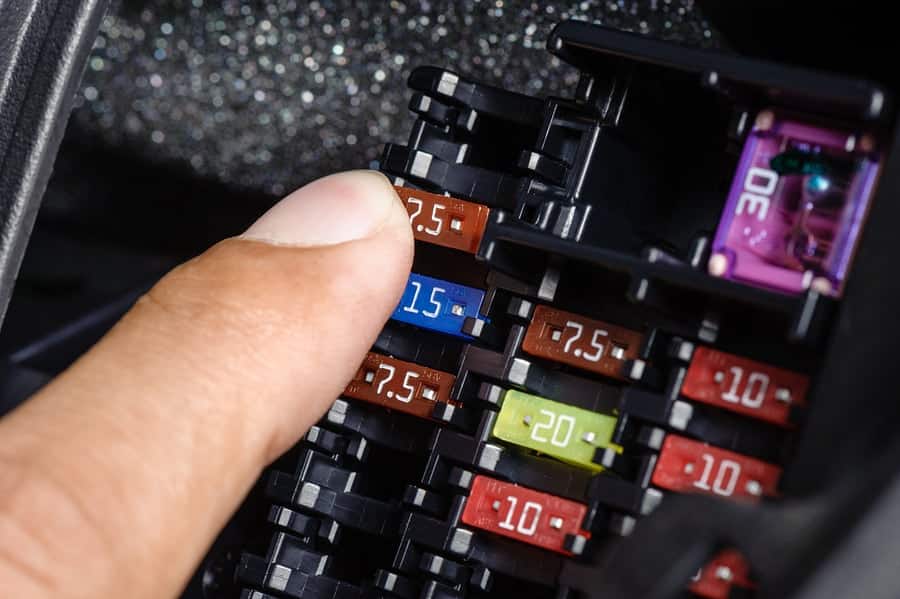 Should your car’s electrical system experience an overload then the most probable result is a blown fuse. This is usually the result of issues within your car such as a short circuit where a worn cable could be touching the bodywork of the car. Blown fuses may be a little annoying, but they are actually a preventative measure that stops your car from further damage and potentially even catching fire.
Should your car’s electrical system experience an overload then the most probable result is a blown fuse. This is usually the result of issues within your car such as a short circuit where a worn cable could be touching the bodywork of the car. Blown fuses may be a little annoying, but they are actually a preventative measure that stops your car from further damage and potentially even catching fire.
How do you know when a fuse is blown? The most obvious sign will be the failure of your electrical appliances in the car, such as the windows ceasing to operate correctly, the car radio stopping or the dashboard lights no longer illuminating properly, without any previous signs of problems or fatigue.
Replacing a Fuse
Fuse Removal
- Ensure that the car is turned off and remove the key from the ignition. Usually best to look for your fuse in a well-lit location on a flat surface.
- Using your owner’s manual to find the location of the fusebox or check it out on the web. In most cases you will find it under the steering wheel or in the engine, but in some models, it is in the glove box.
- Gently remove the fusebox lid and you will be presented with a row of different coloured fuses, indicating the acceptable current loads on each. There should also be a diagram that indicates the fuse that corresponds to the failing electrical system.
- Once you have found the blown fuse remove it from its seating. This may have a locking mechanism that holds the fuse in place or you could carefully use a tool like a screwdriver or a small set of pliers.
- You may have to remove multiple fuses to find the blown fuse, which will either have turned black inside or you will be able to view the broken filament. If none of the fuses appear blown then you need to further inspect the electrical systems for faults
Fuse Replacement

- Find the right fuse. Check it has the same rating (amps) as the blown fuse. Use your owner’s manual in conjunction with the fuse panel diagram and the numbered colour coded fuses to help you determine the correct rating (amps) as getting the wrong fuse could cause some serious damage to your component. If it lets through too much current then it could potentially blow the circuits out in the part.
- Go through the replacement steps keeping the fuse box diagram in your manual at hand. Before you make the change inspect the fuses and check that they have the same colour code and rating. Using the wrong type of fuse could cause extensive damage to your car.
- When you are satisfied that the fuses match, go through the complete replacement procedure, snapping the new unit into place.
- Pro tip – if you need another fuse quickly and for some reason you cannot find a replacement, you can always swap the fuse for the cigarette lighter or the stereo if they are the same rating and colour code as the blown component.
Check the Circuit
- When you have performed the replacement, turn the car on and check that the system associated with the blown fuse is working whilst isolating all the other electrical systems by not turning them on. This way you should be able to focus on the problematic system. If there are no further issues then the outage was probably caused by an overload and the car will be fine.
- If the circuit doesn’t work however, or if you find that the electrics work briefly before blowing again, then there is a serious problem with the car and you will need to take it to the garage to get the electrics investigated further.
The wise motorist is prepared for all eventualities. If you suffer from a blown fuse, then there is a chance this problem could occur again. Purchase a range of fuses for your car and stash them in the glove box, giving you the ability to quickly resolve any subsequent issues with your electrical systems.

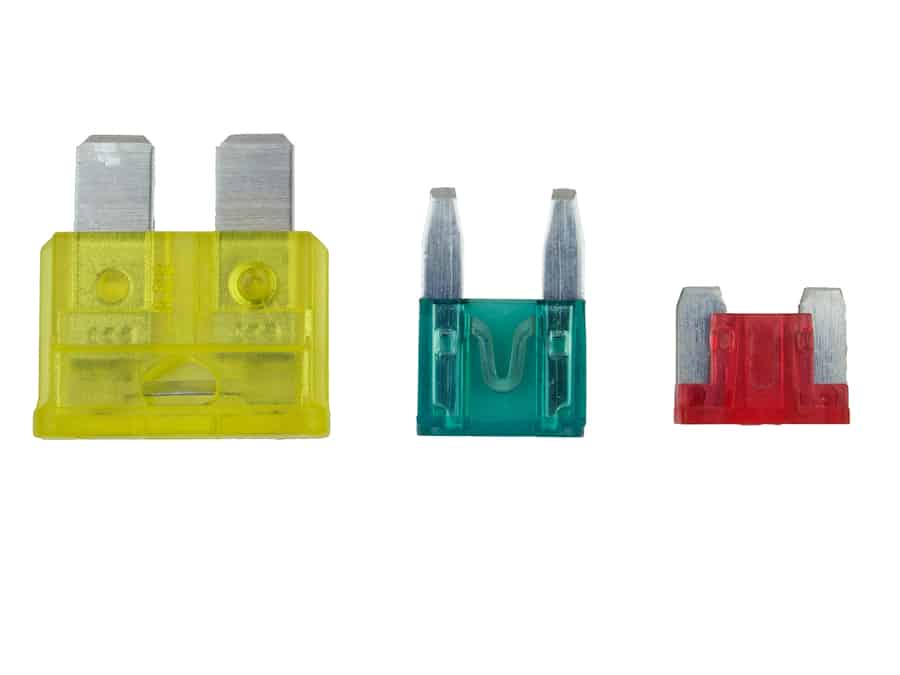
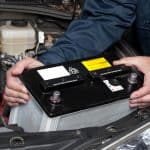
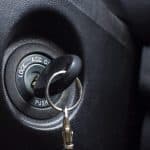
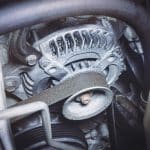

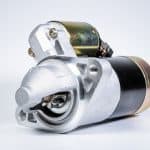


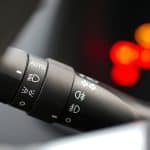

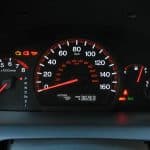
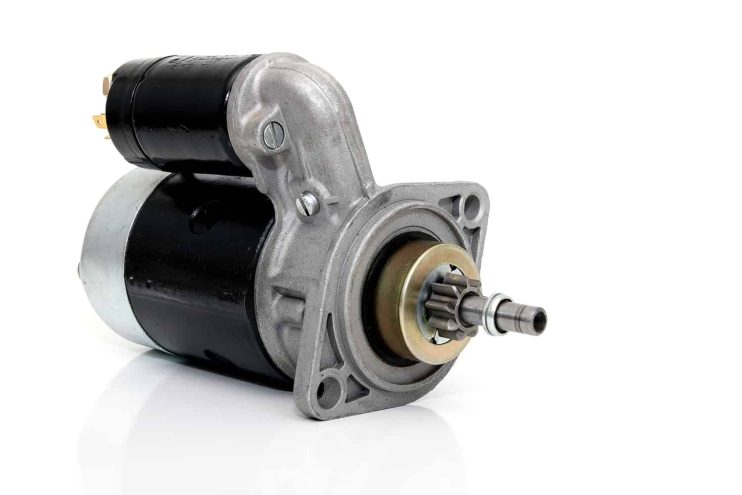

.png)